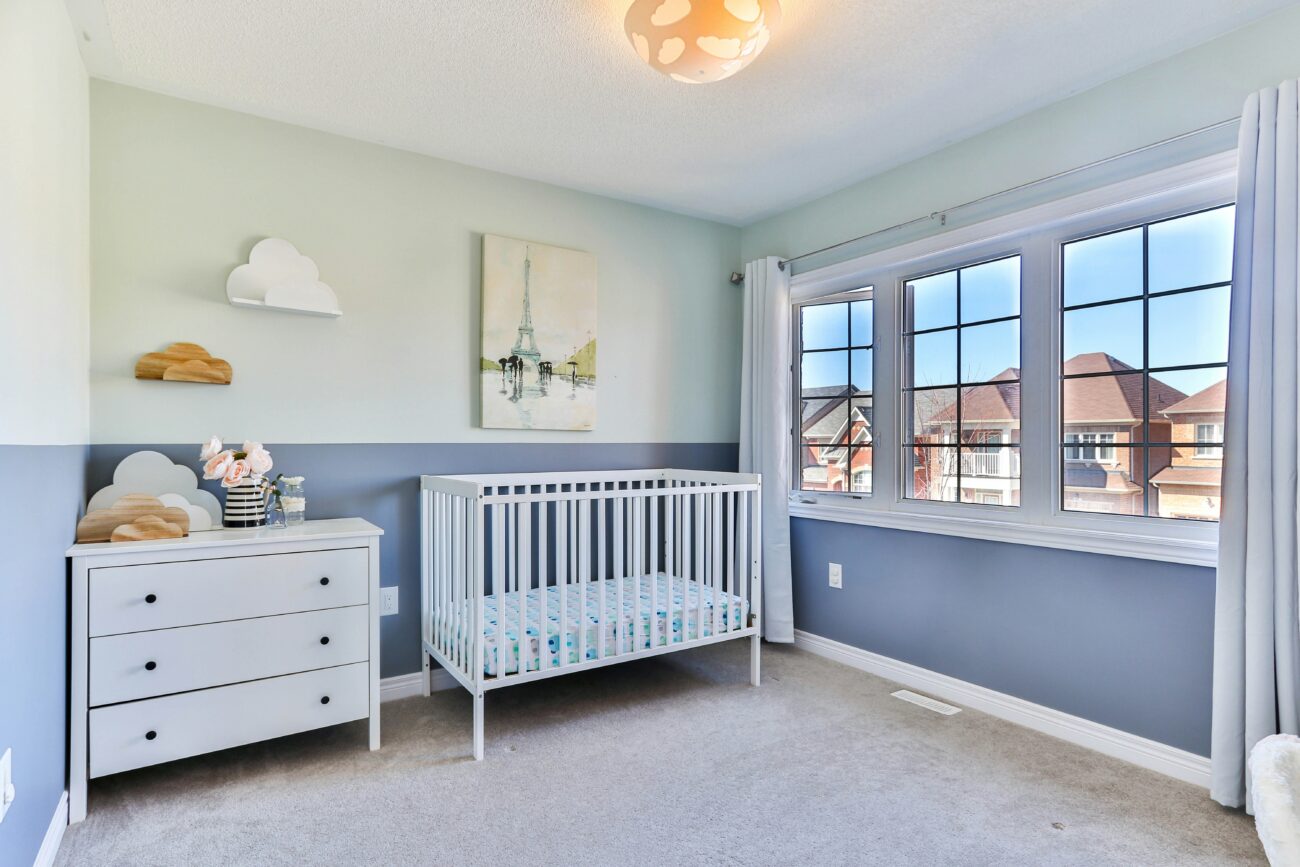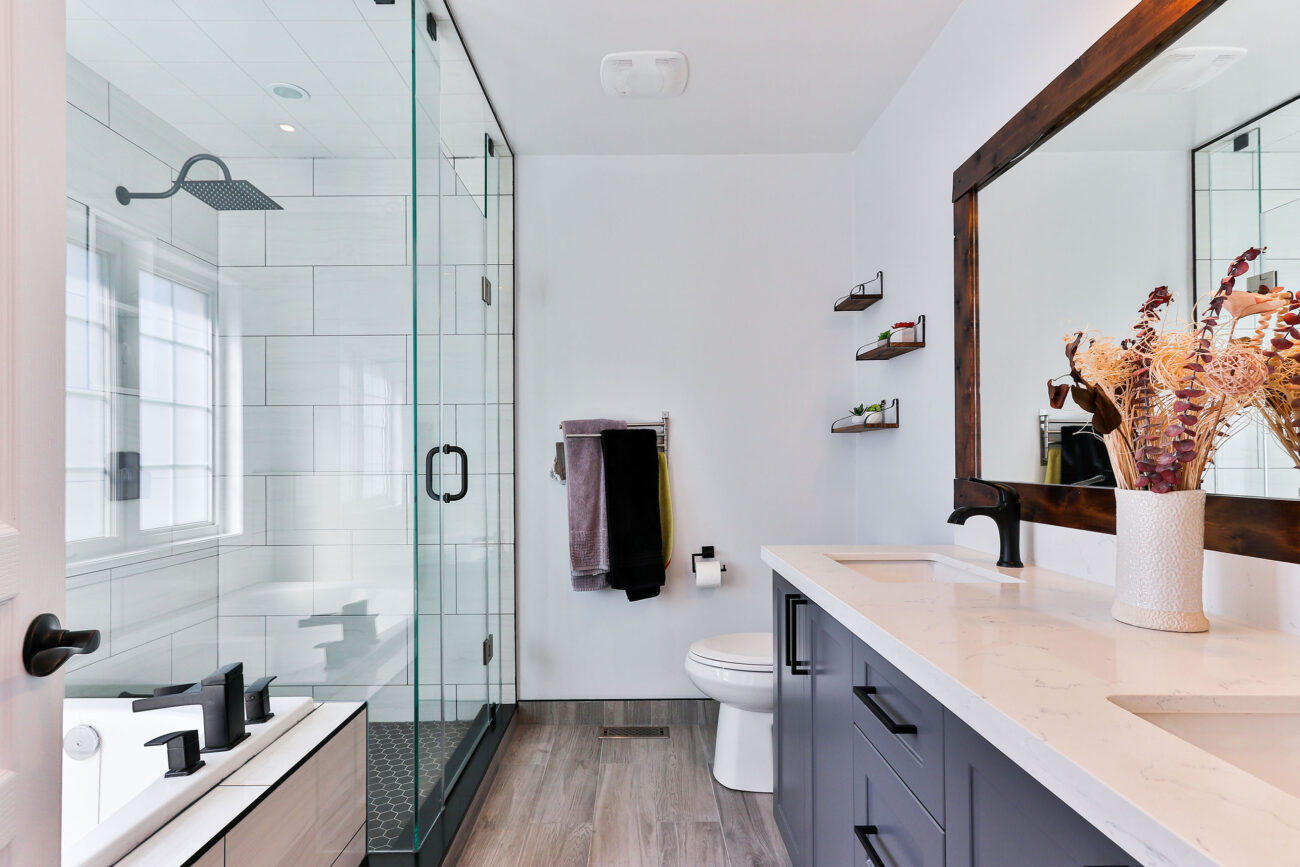Measuring for custom curtains can be a daunting task, especially if you’ve never done it before. However, with a little guidance and preparation, it can be a straightforward process. The key is to take accurate measurements and account for any necessary adjustments to ensure a perfect fit for your window.
Understanding curtain dimensions is the first step in measuring for custom curtains. It’s important to know the difference between the width and length of the curtain, as well as the dimensions of the window itself. This will help you determine how much fabric you need and how to properly hang the curtains.
Preparation for measuring is also crucial. This includes gathering the necessary tools, such as a measuring tape and a level, and ensuring that the window area is clear of any obstructions. Taking the time to prepare will help ensure that the measurements are accurate and that the curtains fit perfectly.
Key Takeaways
- Understanding curtain dimensions is crucial for measuring for custom curtains.
- Proper preparation, including gathering the necessary tools and clearing the window area, is important for accurate measurements.
- Accounting for curtain fullness and finalizing measurements are also important steps in the process.
Understanding Curtain Dimensions
When measuring for custom curtains, it is important to understand the different dimensions that are involved. The two main dimensions to consider are the width and the length.
Width Considerations
The width of the curtains is determined by the size of the window or the area that the curtains will be covering. To get an accurate measurement, it is recommended to measure the width of the window or area and multiply it by 1.5 to 2 times. This will ensure that the curtains will have enough fabric to gather and create a full look when closed.
It is also important to consider the type of curtain rod or track that will be used. The width of the rod or track should be taken into account when measuring for the width of the curtains. If the curtains will be hung on a rod, it is recommended to add an extra 4 to 8 inches to the width measurement to allow for the curtains to drape properly and not block any light.
Length Considerations
The length of the curtains is determined by the height of the window or the area that the curtains will be covering. To get an accurate measurement, it is recommended to measure from the top of the window or area to the floor.
If the curtains will be hung on a rod, it is important to consider the height of the rod as well. The rod should be placed 4 to 6 inches above the window frame to allow for the curtains to hang properly and not block any light.
It is also important to consider the style of the curtains when measuring for length. Some styles, such as floor-length curtains, may require extra fabric to create a puddling effect at the bottom.
Overall, understanding the different dimensions involved in measuring for custom curtains is crucial for achieving the desired look and functionality. By taking accurate measurements and considering factors such as rod width and curtain style, one can ensure that their custom curtains will fit and function perfectly.
Preparation for Measuring
Gather Necessary Tools
Before starting to measure for custom curtains, it is essential to gather the necessary tools to ensure accurate measurements. The following tools are required:
- Measuring tape
- Pencil or pen
- Paper or notepad
A measuring tape is an essential tool for measuring the length and width of the window. It is recommended to use a metal measuring tape as it is more durable and provides accurate measurements. A pencil or pen is needed to mark the measurements, and a paper or notepad is required to record the measurements.
Choosing the Right Hardware
Choosing the right hardware for custom curtains is as important as measuring accurately. The hardware includes curtain rods, brackets, and rings. The size of the hardware should be appropriate for the weight of the curtains. For heavy curtains, it is recommended to use sturdy rods and brackets. The style and design of the hardware should complement the curtains and the decor of the room.
It is also essential to consider the placement of the hardware. The curtain rod should be installed a few inches above the window frame to allow the curtains to hang freely. The length of the rod should be wider than the window frame to allow the curtains to be drawn back easily.
By gathering the necessary tools and choosing the right hardware, one can ensure accurate measurements and a perfect fit for custom curtains.
Measuring Guidelines
Measuring Width
When measuring the width of a window for custom curtains, it is important to take accurate measurements to ensure a perfect fit. Start by measuring the width of the window frame from left to right in three different places: the top, middle, and bottom. Record the smallest measurement as the window width.
If you want your curtains to have a full look, multiply the window width by 1.5 or 2. This will give you the total width of the fabric you need to order. If you want your curtains to have a more tailored look, multiply the window width by 1.2 to 1.3.
Measuring Length
To measure the length of your custom curtains, start by deciding where you want your curtains to hang. Do you want them to hang just below the window sill, to the floor, or even to the ceiling? Once you have decided, measure from that point to the floor or to the desired length.
It is important to consider the type of curtain header you will be using when measuring the length. If you are using a pole or track, measure from the top of the pole or track to the desired length. If you are using a tab top or eyelet header, measure from the top of the curtain pole to the desired length.
When ordering your custom curtains, be sure to add an extra 2-3cm to the length to allow for hemming. It is always better to have your curtains a little too long than too short.
By following these measuring guidelines, you can ensure that your custom curtains will fit perfectly and look beautiful in your home.
Accounting for Curtain Fullness
When measuring for custom curtains, it is important to account for fullness. Fullness refers to the extra fabric used to create folds and pleats, giving curtains a more luxurious and tailored look.
Standard Fullness Ratios
The standard fullness ratio for curtains is 2:1, which means that for every inch of rod length, there should be two inches of fabric. However, this ratio can vary depending on the desired look and style of the curtains.
For a fuller look, a 2.5:1 or 3:1 fullness ratio can be used. This will require more fabric, but will create a more luxurious and elegant look. On the other hand, a 1.5:1 ratio can be used for a more casual and relaxed look.
Fullness for Different Curtain Styles
The fullness ratio can also vary depending on the style of the curtains. For example, pinch pleat curtains require more fabric than rod pocket curtains because of the extra fabric needed to create the pleats.
Here are some general fullness ratios for different curtain styles:
- Pinch Pleat: 2.5-3:1
- Grommet: 1.5-2:1
- Rod Pocket: 1.5-2:1
- Tab Top: 1.5-2:1
It is important to note that these ratios are general guidelines and can vary depending on personal preference and the specific dimensions of the window.
By accounting for fullness when measuring for custom curtains, you can ensure that your curtains will look luxurious and tailored, adding a touch of elegance to any room.
Finalising Measurements
Double-Check Measurements
Before placing an order for custom curtains, it is essential to double-check all measurements. This step ensures that the curtains will fit perfectly and meet the specific requirements of the window. One way to double-check measurements is to measure the window again after a few days. This approach helps to identify any discrepancies and make necessary adjustments.
Another crucial aspect of double-checking measurements is to ensure that the measurements are taken from the right spots. For example, measuring the width of the window frame instead of the window opening can result in curtains that are too small. Therefore, it is essential to follow the measurement guidelines provided by the curtain supplier and measure the window opening accurately.
Considerations for Unique Windows
If the window is an unusual shape or size, it may require special consideration when measuring for custom curtains. For instance, bay windows have unique angles that can make it challenging to measure accurately. In such cases, it is advisable to seek professional help to ensure that the measurements are correct.
Similarly, windows with arches or other unique shapes require precise measurements to ensure that the curtains fit correctly. It is essential to measure the width and height of the window at various points to get an accurate measurement.
In conclusion, finalising measurements is a crucial step when ordering custom curtains. By double-checking measurements and considering unique window shapes, homeowners can ensure that their curtains fit perfectly and add a touch of elegance to their home.
Questions & Answers
To calculate the dimensions of custom curtains for a window, measure the width and height of the window frame. Add 4 to 8 inches to the width for fullness and 2 to 4 inches to the height for coverage.
To select the correct size curtain rod, measure the width of the window frame and add 4 to 8 inches on each side for fullness.
For curtains on a 180cm window, add 8 to 16cm to the width for fullness.
For a window that is 36 inches tall, the recommended curtain length is 45 to 54 inches.
To determine the appropriate curtain width for a 120-inch window, measure the width of the window frame and add 8 to 16 inches on each side for fullness.
When measuring for drapes with grommets, measure the width of the window frame and add 4 to 8 inches on each side for fullness. The length should be measured from the top of the curtain rod to the desired length of the drapes.




